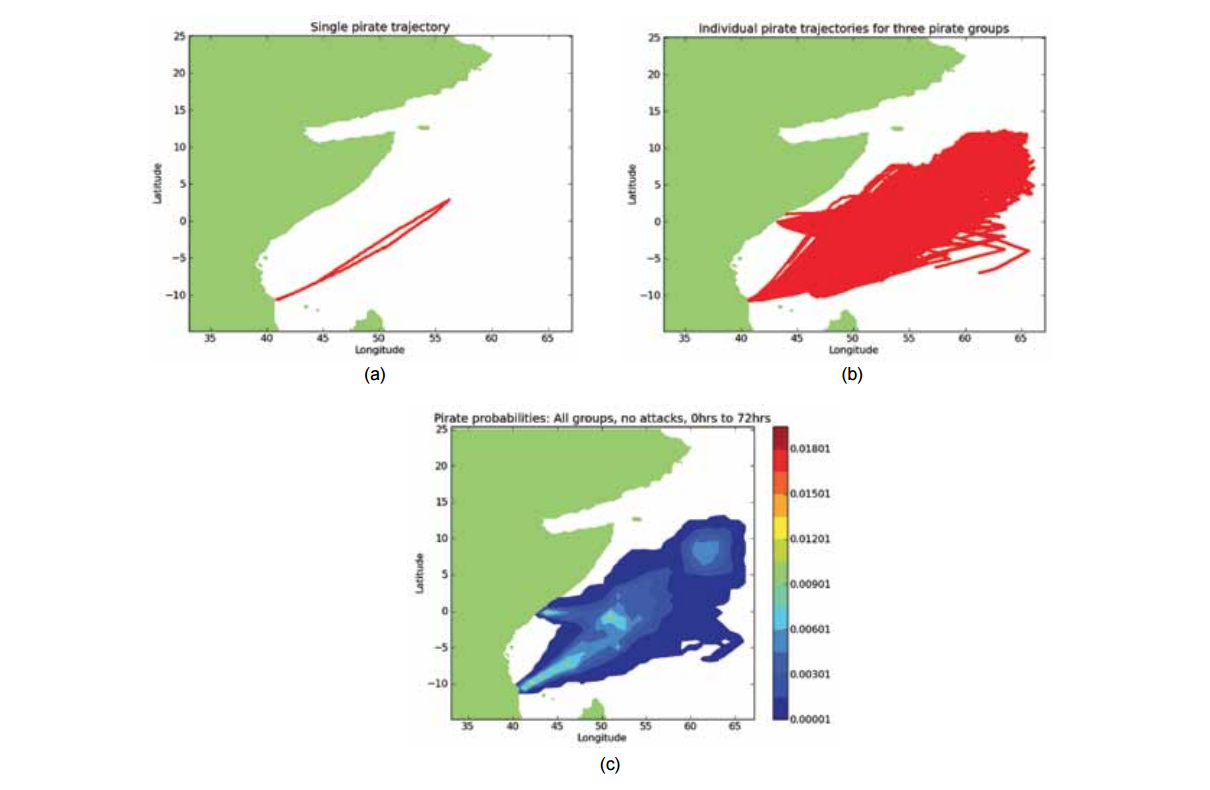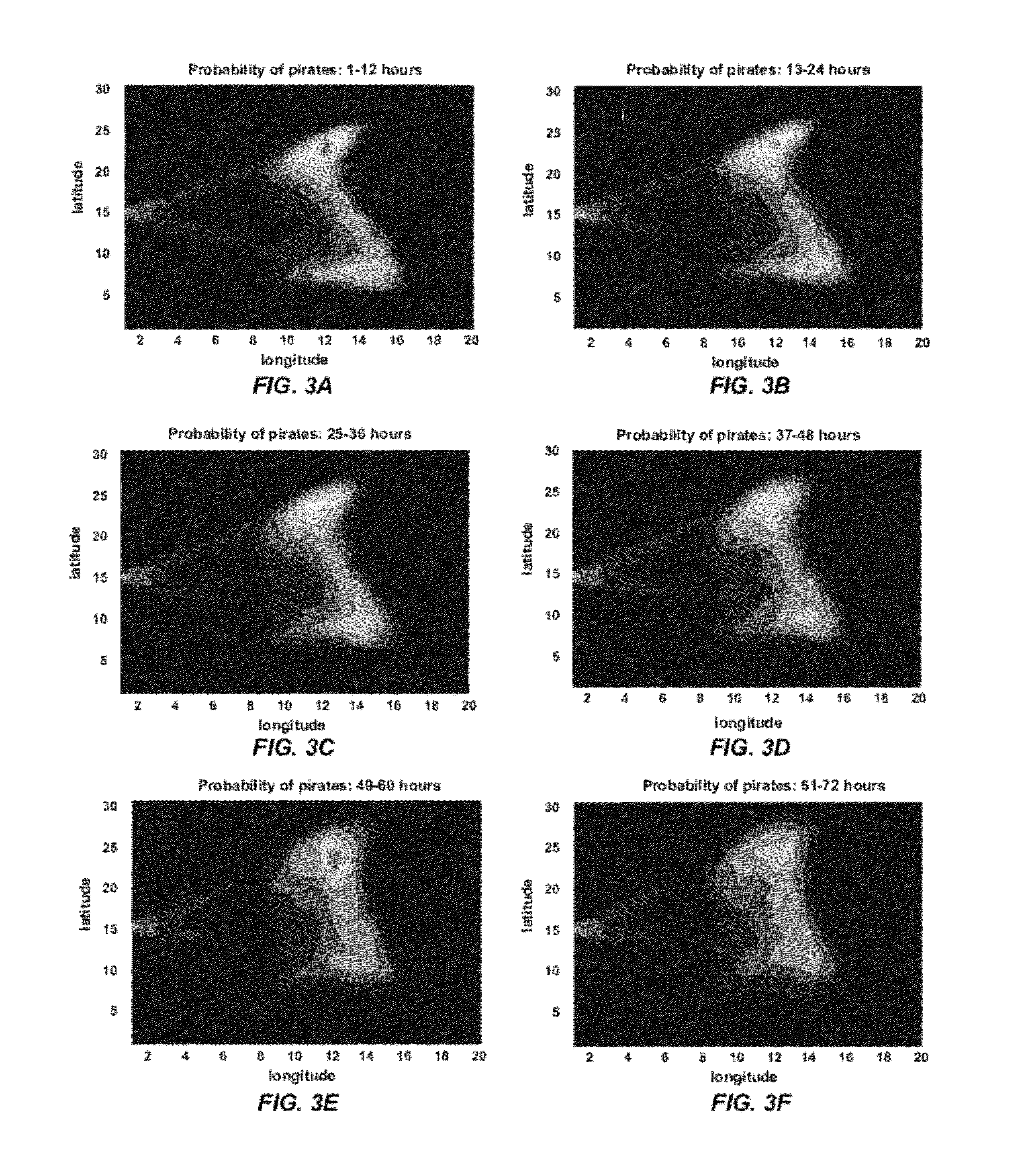The US Navy is a veritable patent machine — it regularly beats all other government bodies when it comes to sheer volume, with 364 filed last year alone. One recent filing: Patent #US8838515, a “Method for predicting pirate attack risk.”
It’s no surprise that the Navy wants to use artificial intelligence to predict what a team of engineers and scientists behind the patent call “emergent pirate behaviour.” Pirates are on the rise, operating largely unchecked as they prey on lucrative international shipping routes. Right now, the Navy uses a system that simply analyses wind and wave data to show where the best conditions for attacks are located. That’s all well and good, since as the team behind the project notes, “pirates tend to operate in small vessels, they are particularly vulnerable to adverse winds and seas.”
But it’s purely environmental — all the intel about local pirate gangs has to be synthesized by humans. The Navy’s new software creates models combining the best known conditions for pirating plus all available intel on the pirates in question. The name for these models? “Pirate replicates.”

Each replicate combines all that wave and weather data with the good stuff: behavioural data about pirate groups, where they’re based and where they keep stations, how big their groups are, what sorts of craft they’re using and how fast they can move, and whether they use particular patterns to troll for prey on the open seas. The replicate is a three-armed model — the pirate leave from their hideout, they search for prey, and they return — that’s shaped by all of that data, changing over time, they explain in their application.
The model is actually borrowed from a similar prediction system — based on predators and prey in nature:
The model used for the pirate problem is based on a prey/predator game with a learned hunting model for a pirate group as predator. Unlike prey/predator games where the population oscillates based on evolutionary dynamics, the presence of pirates at sea fluctuates depending on intelligence information as well as current and past meteorological conditions.

But the Navy wouldn’t be spending all this time developing a nuanced algorithm for pirate attacks if it didn’t have applications to defence at large right? The patent does say that “one skilled in the art would understand that the methodology described herein can be used in many other areas,” including everything from “undersea warfare” to “anti-narcotics efforts.”
Yep — pirate predictor might be a catchy name, but it looks like it’s far from the only use case here.
